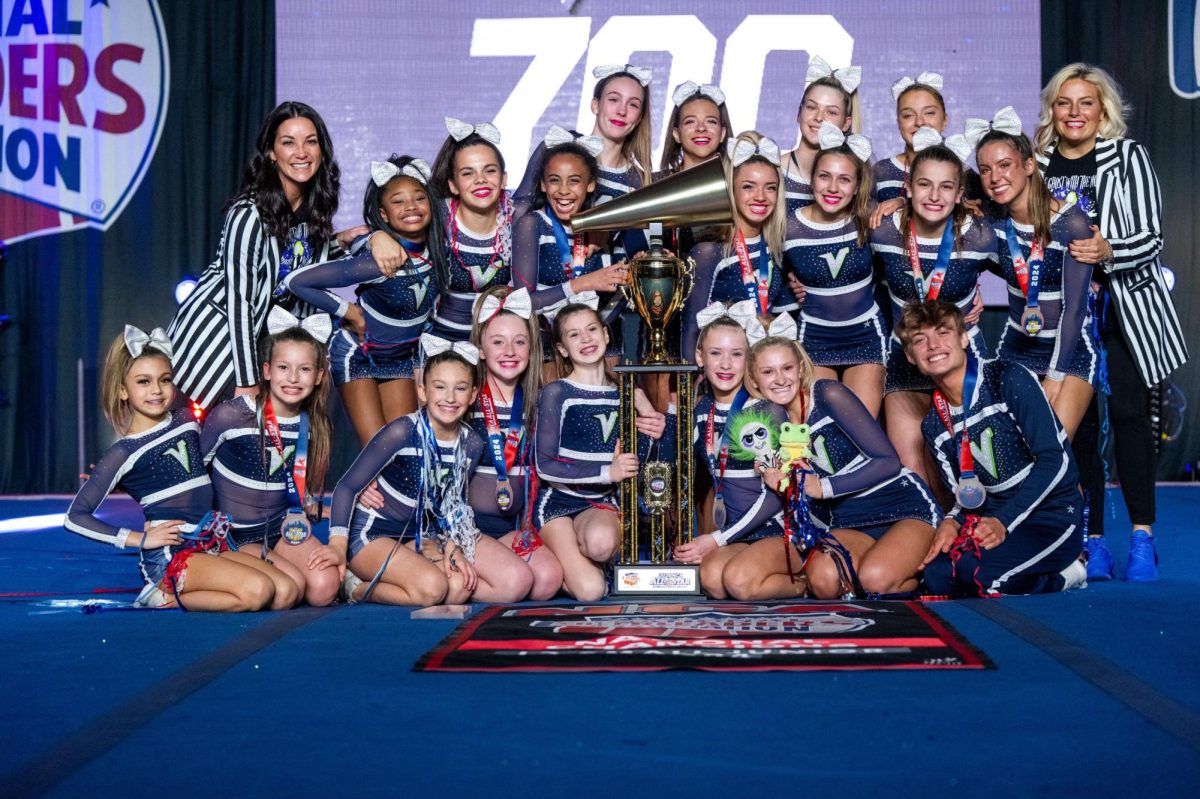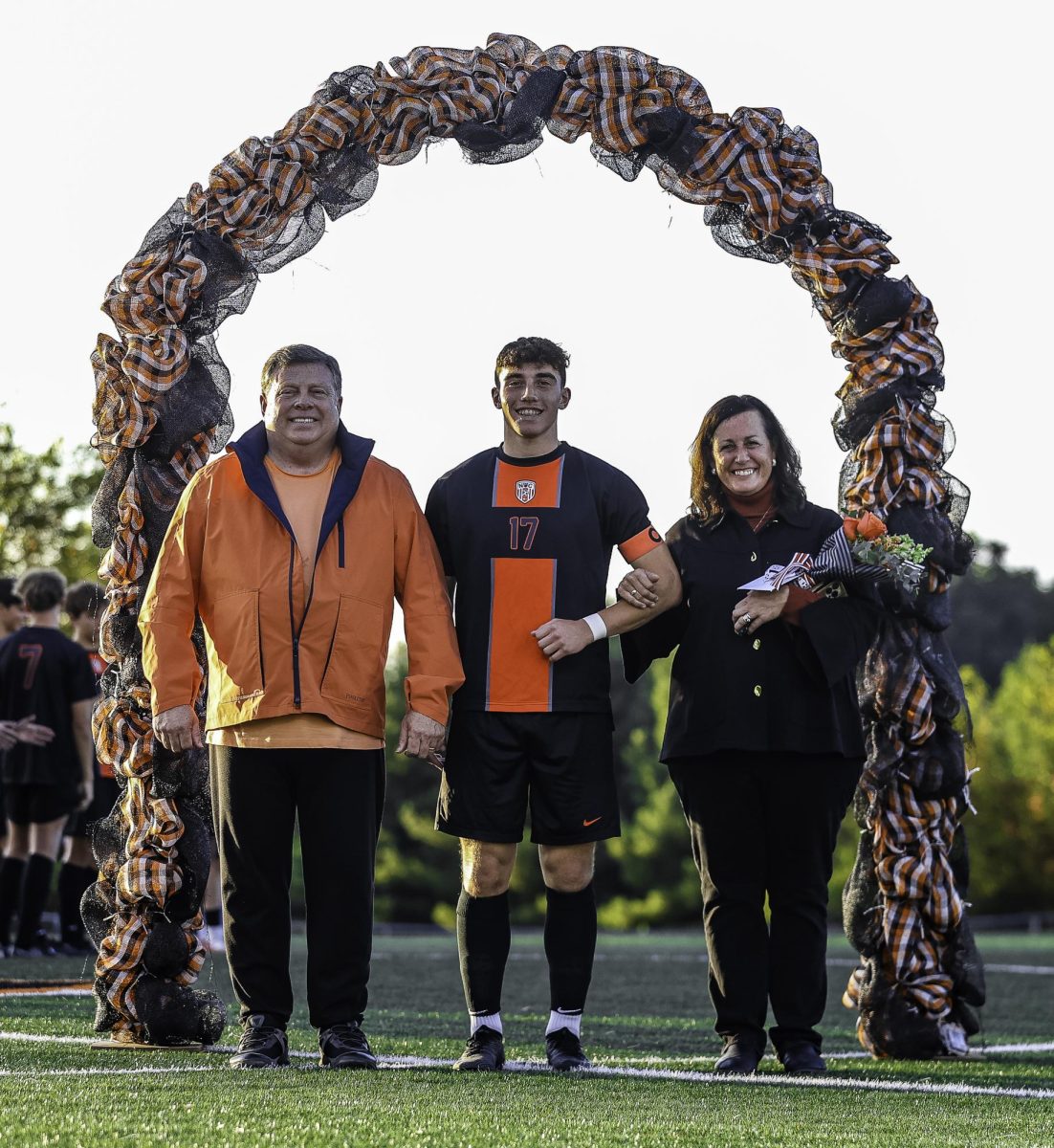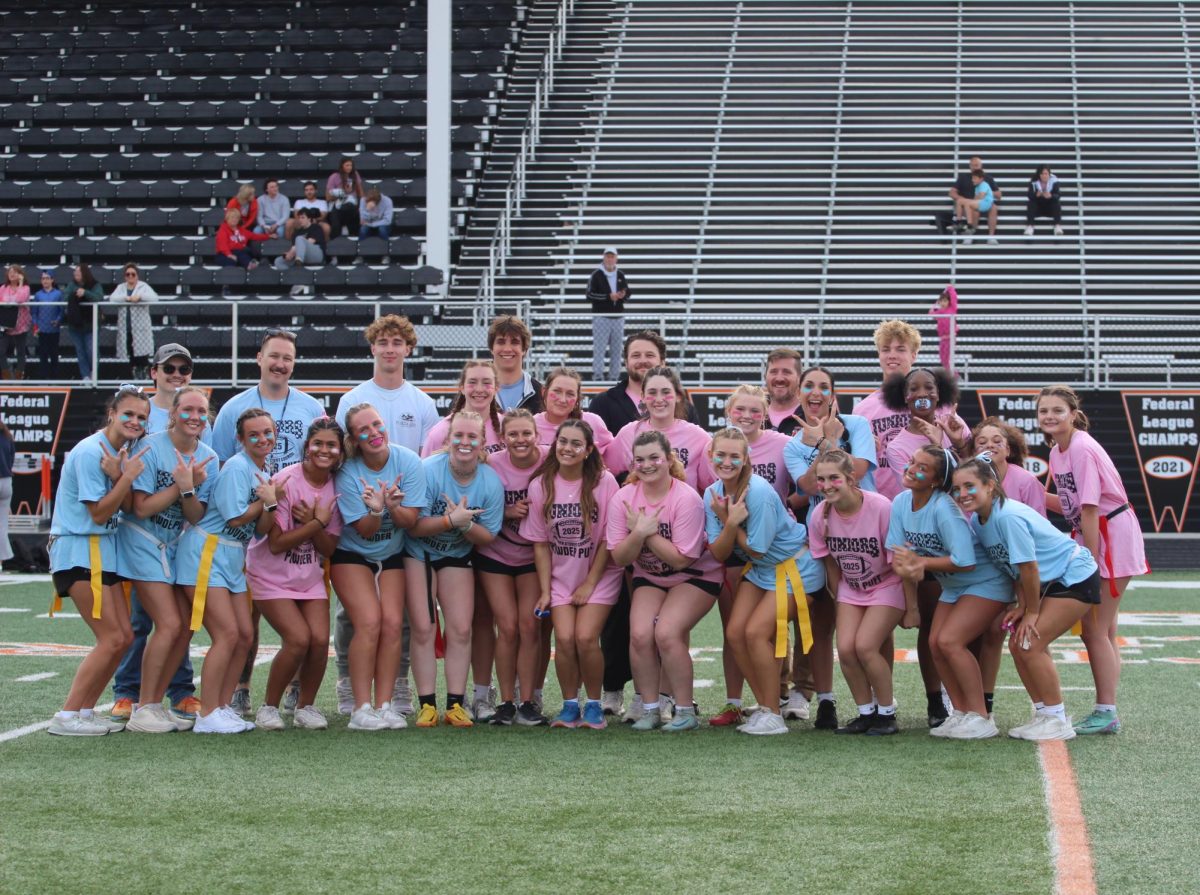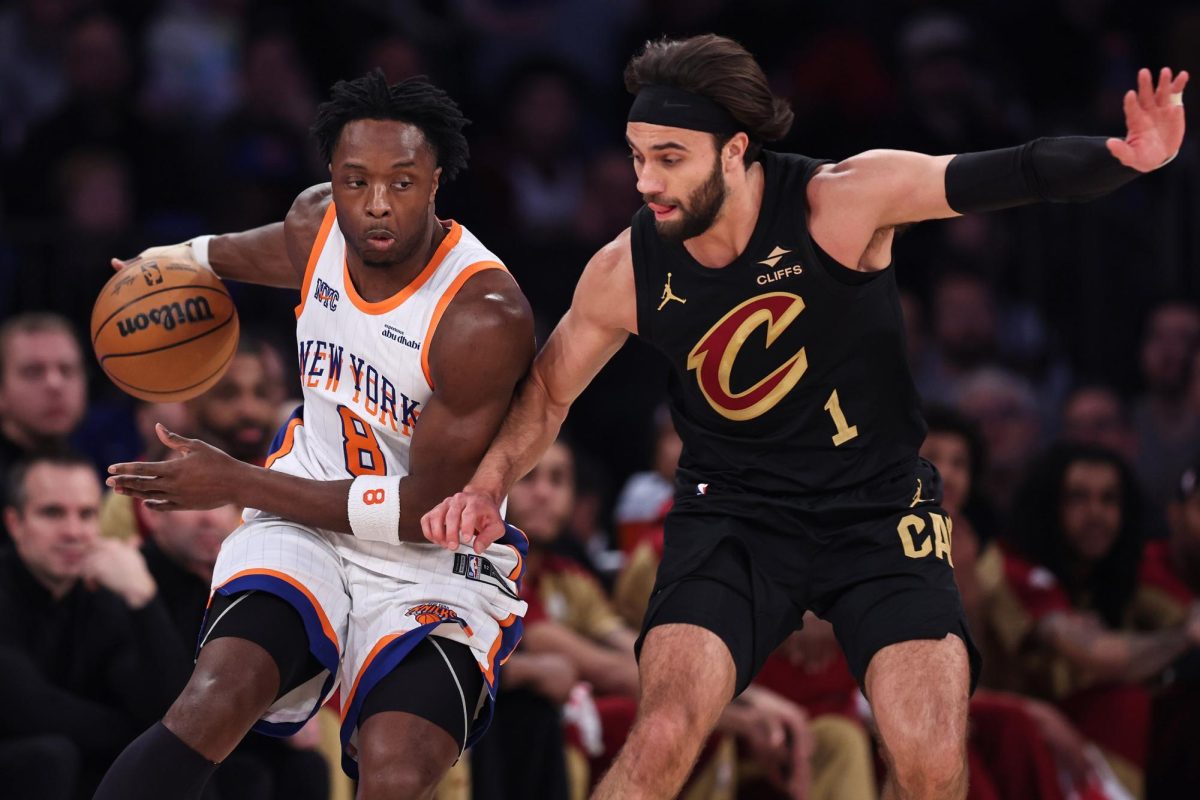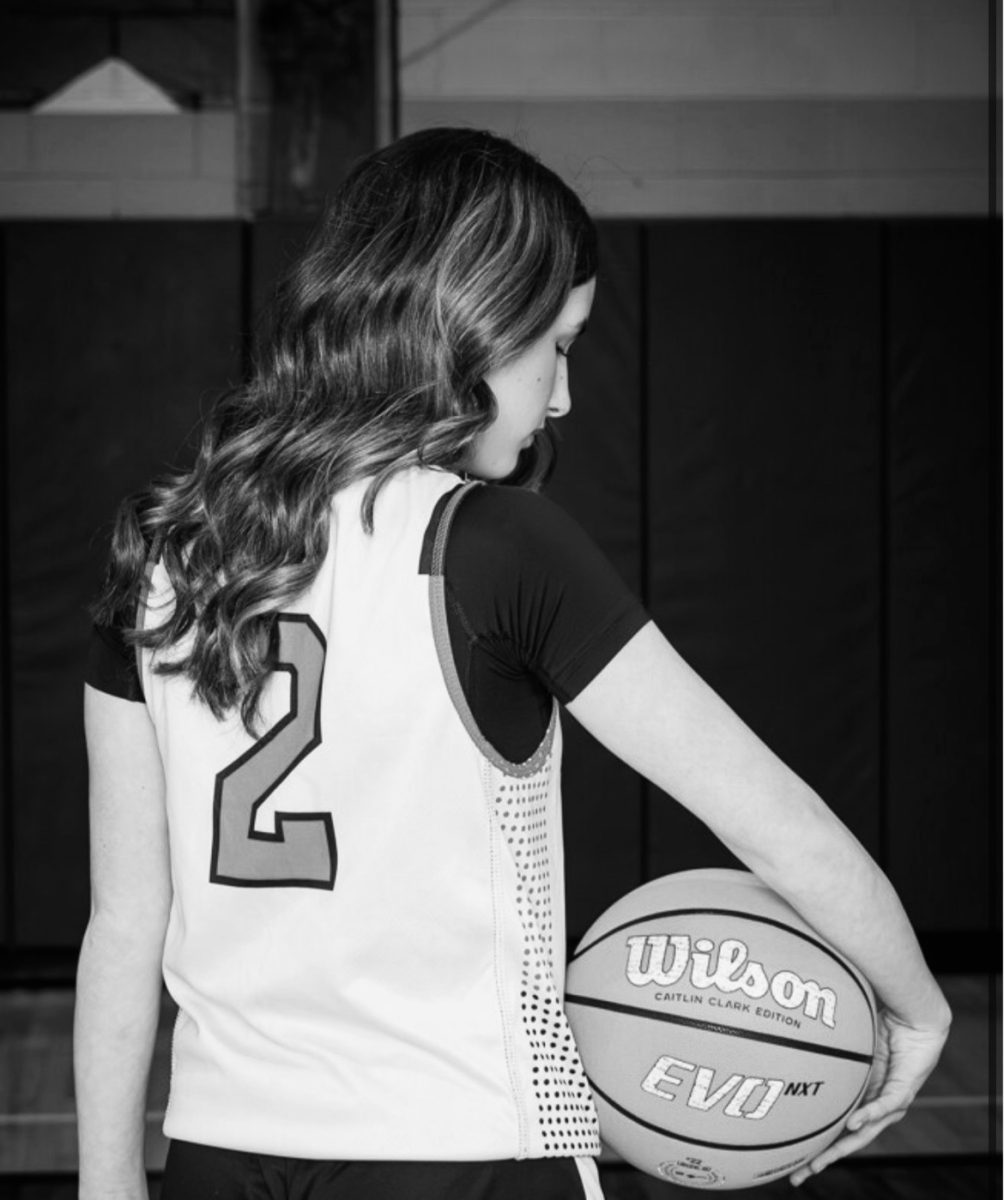It’s more than pom-poms and pretty faces.
Cheerleading is a sport like any other — fiercely competitive and all about teamwork. In cheerleading, there are different types, including All Star Cheerleading, sideline cheerleading and competitive school cheerleading. Since it began in the 1860s, cheerleading has evolved tremendously. It gets students, staff and even families excited about events going on in their communities and it isn’t limited to athletic events; there are fundraising events, cheer competitions and community events. Today, it is a global presence that unites athletes in competition and spirit, and it deserves the respect as any athlete who takes the field or court.
I myself am an All Star cheerleader. Let’s break it down.
All Star Cheer is a team-based, high-energy, performance sport that operates through a company rather than a school district. All Star= cheer is very different from school cheerleading. All Star cheer has athletes from different states, towns and schools, in which they come together and are put on a team to perform a 2-minute and 30-second routine composed of standing tumbling, running tumbling, stunts, baskets and dance. From July to April, athletes learn and perfect their routines. To be on the Elite All Star cheerleading team, the athlete has to be five years old or older. Additionally, there are certain team age rules because the age gap is so large. For instance, there are “senior” teams, where athletes have to be between the ages of 12 and 18. Lastly, there are “open teams,” which are offered to athletes 18 years of age and older; therefore, an athlete could in theory continue their sport — or even begin their sport — as an adult. The levels of cheer at All Star range from One through Seven, with each one increasing in difficulty in mastery of skills and routines.
Let me tell you more about the teams available at All Star. There are Worlds [world competitions], which by far are the most difficult. This is a competition where the best All Star cheer teams compete, and this year, that competition will take place from April 15 -18. Then there is Elite, which according to the All Star website is “for individuals with strong cheer training and solid technical ability. Elite teams are composed of athletes who are ready for highly competitive performance levels.” These two options require more time and cost commitments than the remaining teams. Finally, there are Novice and Prep teams. Novice athletes are for those new to All Star but ready for performance-based teams. They focus on “strengthening technique and performance skills that help prepare athletes for competitive All Star teams,” according to the website. For Prep athletes, these are individuals with limited experience in tumbling who want to “strengthen technique and performance skills in a competitive team atmosphere.” Novice teams go on for about half the season, while Elite and World teams go through the entire season.
I attend Cheerville Ohio for All Star cheerleading. Along the cheer journey, there are different tumbling classes athletes can take to improve their tumbling skills and goes over fundamentals cheer athletes should master before working on more difficult skills or going into a higher-level tumbling class. Coaches will only move athletes to a higher level if they have mastered all the skills for the certain level they are on. I believe it is beneficial for school cheerleaders to take a tumbling class at an All Star cheer gym. It takes time to achieve strong tumbling skills and taking a class allows athletes to work with professionals who specialize in teaching athletes to tumble. Cheer programs will also include stunting classes and jump classes, which are important for All Star and school cheer routines. There are even classes to “learn how to fly.” Those cheer athletes are called flyers. Taking specific classes has helped me become a stronger athlete and understand my personal job as a cheerleader. As the classes offered suggest, cheerleading is a high-impact sport on your build and is a very dangerous sport. To lift or throw another person in the air is hard; it puts you and someone else in harm’s way. Coaches are highly trained and have to have certain certifications to even coach athletes. They put athletes on a team they know will be safe for the athlete and will succeed. A lot of training goes into cheer, taking the time to learn how to do skills the safe way.
Team bonding is a big part of making any team successful. Athletes have to trust that their teammates will do their job when it’s go-time. Cheerleaders all over the world respect each other no matter their skill level. Everyone starts at different skill levels and improves from there. At some competitions, school cheer and All Star cheer compete in the same competition. Events in a community will also bring an All Star cheer gym and school cheer team together to show the community what those athletes are doing. For North Canton, the Fourth of July parade was an event that both attended. It’s good to involve the community as much as possible in what athletes are doing — it brings people together. By far, competing is my personal favorite thing about All Star cheer. I get to travel to different states on random weekends and have the best time running around the town in my uniform with my best friends. My favorite competition is NCA in Dallas, Texas. The owner of my All Star cheer gym, Cheerville, only invited some teams to go, so it was a big deal that my team got invited to go for the first time. We won, and it was the best feeling. It was a big relief knowing that my team’s hard work paid off. Competing with my teammates are some of my best memories I will cherish.
Just like any other sport, club or activity, All Star cheer teaches you life lessons that stay with you. To be a cheerleader, you have to develop self-confidence to perform and show off what you can do and in the best way possible. Cheerleading is a huge team aspect sport. It teaches you how to work well with others whether you like them or not. Working with others is a part of everyday life. For cheer, you learn to find a good balance of work, school, cheer and social life. It prepares you for your future of how to multitask. After high school, cheerleading is still an option. There are a lot of schools with amazing cheerleading teams and programs, and cheer athletes can receive college scholarships.
Cheer blends athleticism, teamwork and creativity, offering participants not just fitness but also invaluable life skills. Bonds formed with teammates create lasting memories. Whether the competitiveness of performance or the spirit of camaraderie, cheerleading is rewarding and deserves recognition and respect. For me, joining All Star Cheer was the best decision; cheer has literally made me into the person I am today.

